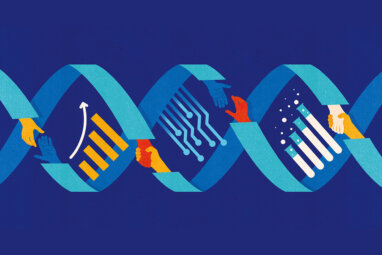The User Innovation Revolution
According to innovation expert Eric von Hippel, users are often the first source of new products — and that has important implications for businesses.
Topics
Social Business

Eric von Hippel is a professor of technological innovation at the MIT Sloan School of Management in Cambridge, Massachusetts.
What if much of what you know — or think you know — about the innovation process is wrong?
That’s a question Eric von Hippel thinks many companies — and businesspeople — should consider. Von Hippel, who is a professor of technological innovation at the MIT Sloan School of Management as well as a professor in MIT’s Engineering Systems Division, has spent much of his professional career doing research that has led him to a radical conclusion: The traditional view of the product innovation process is flawed. In the traditional view, companies get too much credit for product innovation, according to von Hippel — and users get too little.
Surprisingly often, von Hippel argues, ideas for new or improved products come first from users who develop improvised versions to serve their own needs. Manufacturers then may discover, polish and capitalize on user innovations — particularly if those innovations begin to catch on with a group of users.
Von Hippel has decades of research to support his theory. Over the years, he and other researchers have studied user innovation in a variety of industries — and found that the proportion of users who innovate can be substantial. For example, one study, conducted by Nikolaus Franke and Sonali Shah, found that more than one — third of members of “extreme” sports clubs had developed or modified sports products for their own use, while another study, by Pamela D. Morrison and others, found that more than a quarter of library employees modified computerized library information systems. Particularly important, in von Hippel’s view, are lead users — sophisticated users who are the most likely to innovate to satisfy their own needs.
MIT Sloan Management Review editorial director Martha E. Mangelsdorf spoke with von Hippel earlier this year. In this excerpt from their conversation, edited for clarity, von Hippel explains his surprising findings — and their implications for executives.
Eric, you’ve been studying user innovation for many years. Tell me how you first got started on the topic.
It began when I was hanging around MIT as a 12-year-old.





Comments (5)
Networking your way to new products | MIT Sloan Executive Education Blog
Networking your way to new products | MIT Sloan Executive Education Blog
“Solipsistic Startups” and the Downside of User-Centric Innovation – Sent Packeting
KENT MUELLER
janelle noble